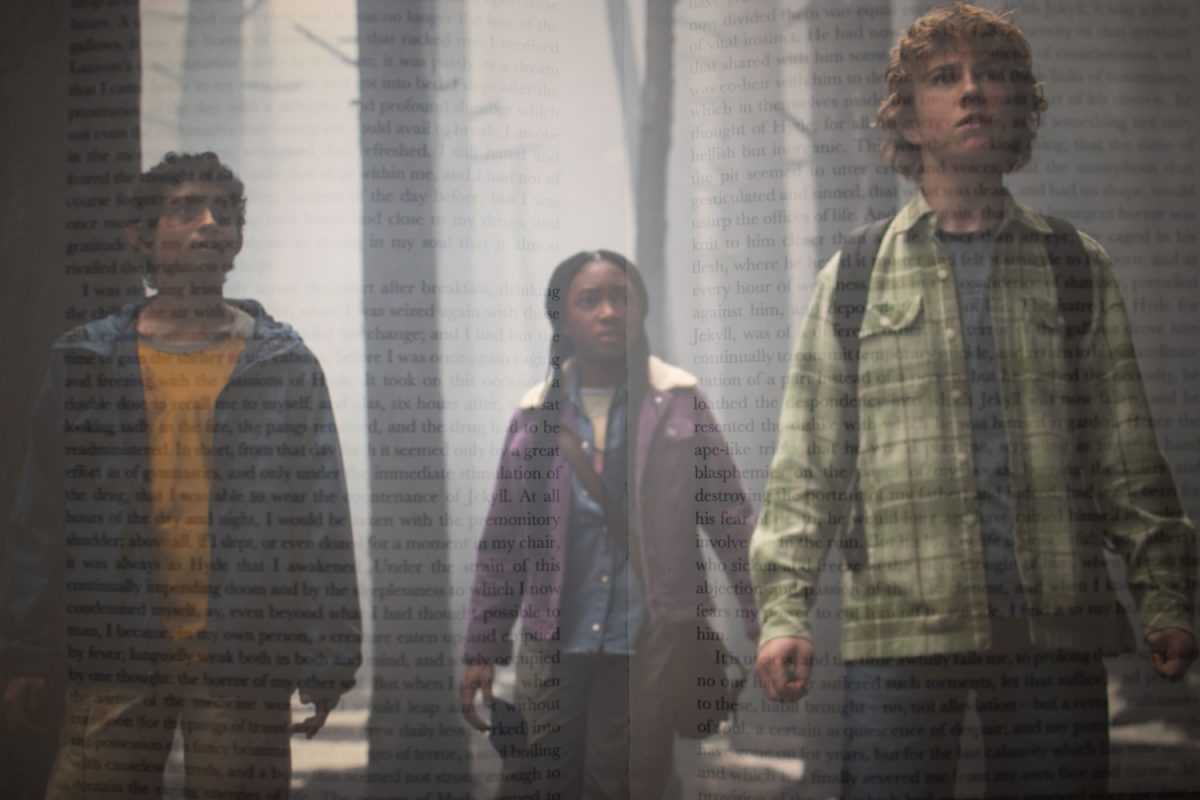Disney released the first trailer for its much-anticipated “Percy Jackson and the Olympians” show adaptation last month. Since its release, the trailer has been analyzed by the series’ vast fanbase.
But when the reputation of beloved novels is at stake, it is common for some fans to be wary of its re-creation for the big screen.
With this, it is important to consider what constitutes a successful adaptation and, according to University of Iowa professor Raeden Richardson, adaptations that are considered “good” often share certain characteristics.
“If the film production side can identify the key elements of a book and find a way to translate that onto the screen, they can do a very nice job,” Richardson said. “Novels that are driven primarily by plot can make for a good film adaptation in terms of what is pulling the audience along.”
According to Richardson, certain books lend themselves to adaptations very well. Stanley Kubrick’s 1980 adaptation of Stephen King’s “The Shining,” works as a prime example to this. Throughout its run time, the film is able to depict a clear narrative and capture many of the important scenes and topics from the highly successful book.
However, movie adaptations can often struggle if the main appeal of the novel comes from a literary device other than the plot.
Elements of fiction, such as the narrator’s voice or descriptive language, are also very important and can be part of what makes a story stand out. If the plot is the only thing that translates on screen, those other elements will be lost.
RELATED: UI introduces movie, show streaming service for dorm students
This idea is evident in Cormac McCarthy’s novel “The Road,” which was adapted as a movie in 2009 and utilized many exciting visuals and cinematography. However, according to Richardson, the movie failed to fully express the brokenness of the written language inside the novel.
“I don’t mind if they have to make changes to fit the screen, but unnecessary changes to elements, such as character personalities, annoys me. It doesn’t make it authentic to the book,” UI first-year student Julia Alves-Dunkerson said.
Alves-Dunkerson enjoyed the 1995 television series adaptation of “Pride and Prejudice,” but did not feel the same love for the film adaptations of the book because they didn’t remain as faithful to the book in comparison.
Additionally, the longer, episodic format provided the adaptation an opportunity to include most of the book’s contents, and Alves-Dunkerson feels that this format lets viewers spend more time learning about the characters throughout the series.
Ultimately, there is a growing discussion over which format — movie or show — is able to deliver a better book adaptation. For UI first-year English and creative writing major Beth Hendricks, it mostly depends on the book that is being adapted.
“If you’ve got something long and detailed like ‘Shadow and Bone,’ it makes way more sense to make it a TV show,” Hendricks said. “You can get a lot more with worldbuilding and nuances of character backstory.”
However, movies with a limited cast and a strong central theme can make for successful book adaptations. Hendricks cited the adventure animation movie “Nimona” as a prime example of this.
“‘Nimona’ worked so well as a movie because of the small cast,” Hendricks said. “The story was different from the graphic novel, but the general themes and characters remained the same.”
As more and more stories continue to be adapted into visual media, it is still important to continue to support authors. Before the days of streaming services such as Netflix or Disney+, it was much harder to sell the rights to novels — a phenomenon that Richardson finds interesting.
“I think generally one thing that’s really exciting is, with the great number of streaming services and the amount of content that exists, more companies are willing to take on more obscure books,” Richardson said.



